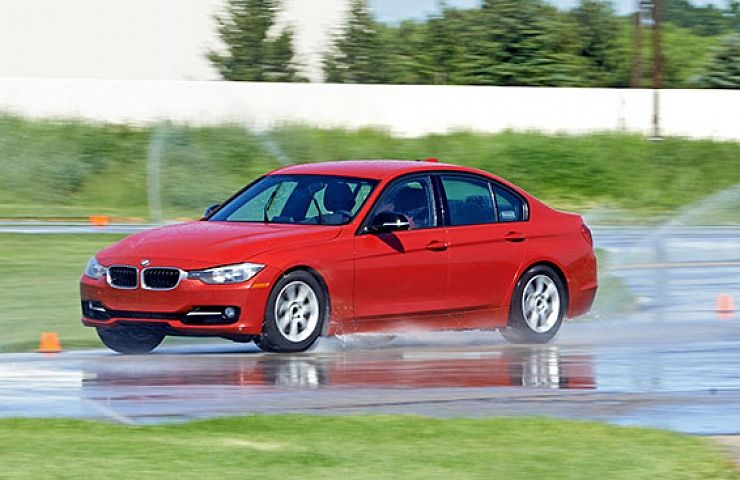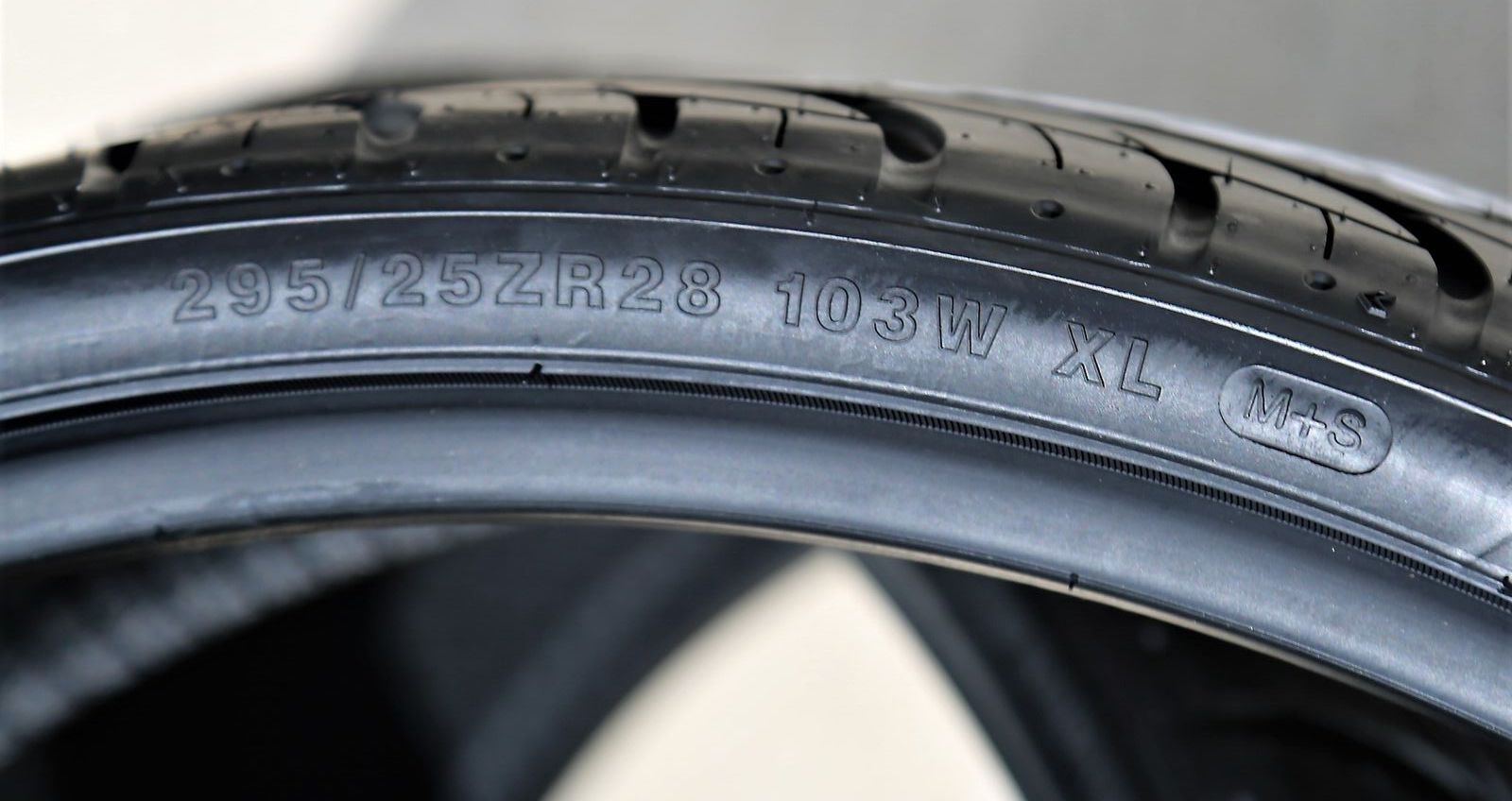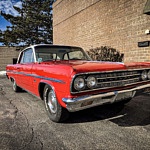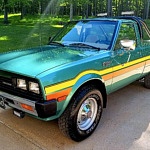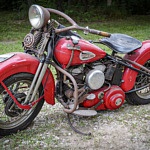Contents
Tons of horsepower won’t do you much good if you can’t get that power to the ground. Ensuring you have the correct type of tires, the right tire size, and the proper tire pressure can significantly improve your vehicle’s performance. That’s why drag racers spend hours testing different tires for the best performance for specific track and weather conditions.
Shop now for performance tiresTires create traction for quick acceleration and braking, stability for cornering, and serve as the foundation of a vehicle’s suspension. As a result, you can significantly improve performance by modifying wheels and tires.
Basic Tire Choices
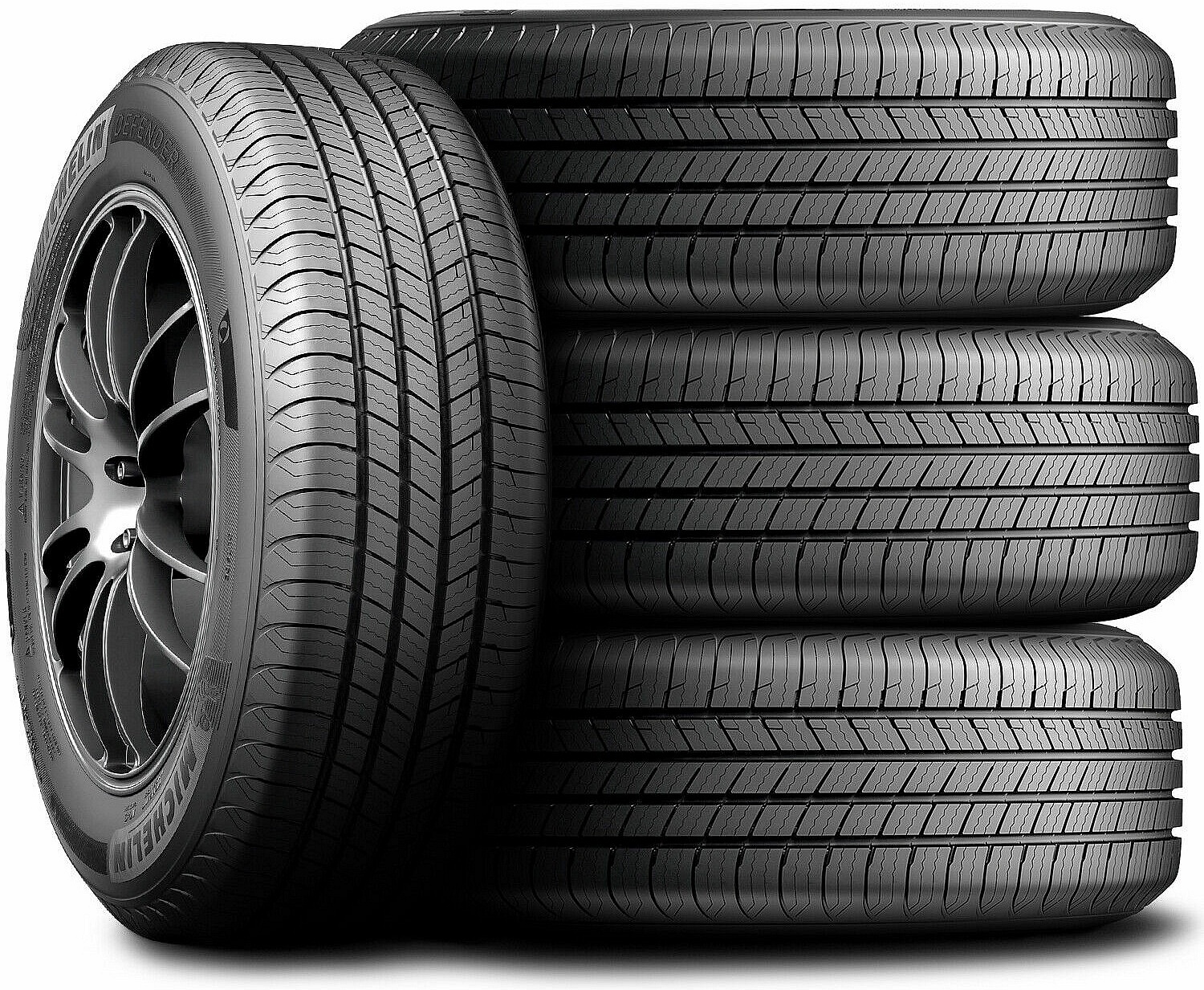
The Michelin Defender T+H is an all-season touring tire.
Your first consideration should be tire type. Tires are made with specific rubber compounds based on the anticipated weather conditions. Tire compounds are designed to maintain maximum traction and flexibility within a particular temperature range.
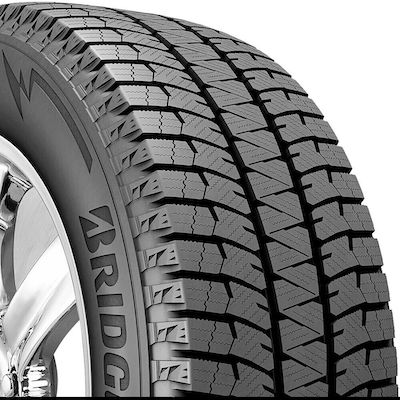
The Bridgestone Blizzak WS90 is a well-respected winter tire.
- Summer performance tires, as the name suggests, do well in warm weather, but the compound becomes too hard in cold weather to provide optimum traction.
- Winter tires are compounded to provide excellent traction below 45 degrees but are too soft in warmer temperatures.
- All-season tires are a compromise between the two but also compromise performance. Most all-season tires have one of two markings on the sidewall. Look for an “M+S” (mud and snow) marking, or a snowflake inside a three-peak mountain symbol. A “3PMS” marking refers to any tire (all-season or winter) that can be used in areas where chains are required by law, depending on the season.
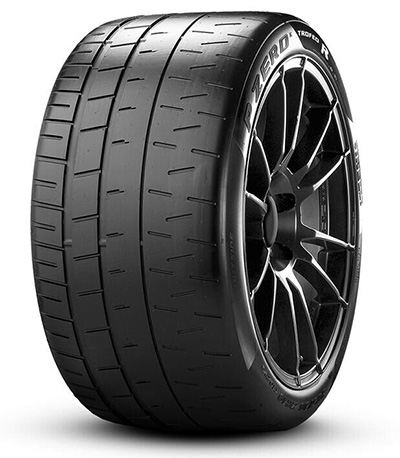
The Pirelli P Zero Trofeo R is a high-performance asymettric tire designed for dry track use.
Learn more about tire markings: How To Read the Side of Your Tire
Tread patterns on all-season tires have smaller blocks and sipes—small squeegee-like blades that allow the blocks to stay flexible in cold weather. Summer performance tires have larger blocks and smaller voids for a more stable footprint. Finally, a street-legal track tire has an even more extreme tread pattern with few lateral grooves.
While all-season tires have a long-lasting rubber compound that reduces maintenance costs, summer performance tires are sticky and, as a result, don’t last as long.
Shop now for performance tiresA performance tire’s lifespan is much shorter. For example, a street-legal track tire might only last 5,000 miles, compared to a summer performance tire’s 15,000 miles. So expect to pay more for that extra performance edge.
Size Matters
Plus-sizing has become a popular way to enhance a vehicle’s appearance and performance. Increasing the wheel size and installing a lower profile tire with a smaller sidewall can give your vehicle larger contact patches with the ground. The more the tire contacts the road, the more grip you have.
While it enhances performance on the track, plus sizing has its downside, especially for drivers who live in areas with potholes and poor, uneven road surfaces. That shorter sidewall absorbs fewer of the bumps and dips in the road. So the car offers a harsher ride.
Matthew Edmonds, vice president of Tire Rack, told us:
The tire’s sidewall is the first component of a car’s suspension. It contributes to ride comfort as well as the car’s load-carrying capacity. Suppose you live in an area where there are bad roads. You need to consider that. Sometimes going with a less aggressive plus-sizing approach is the best answer.
Lose Weight
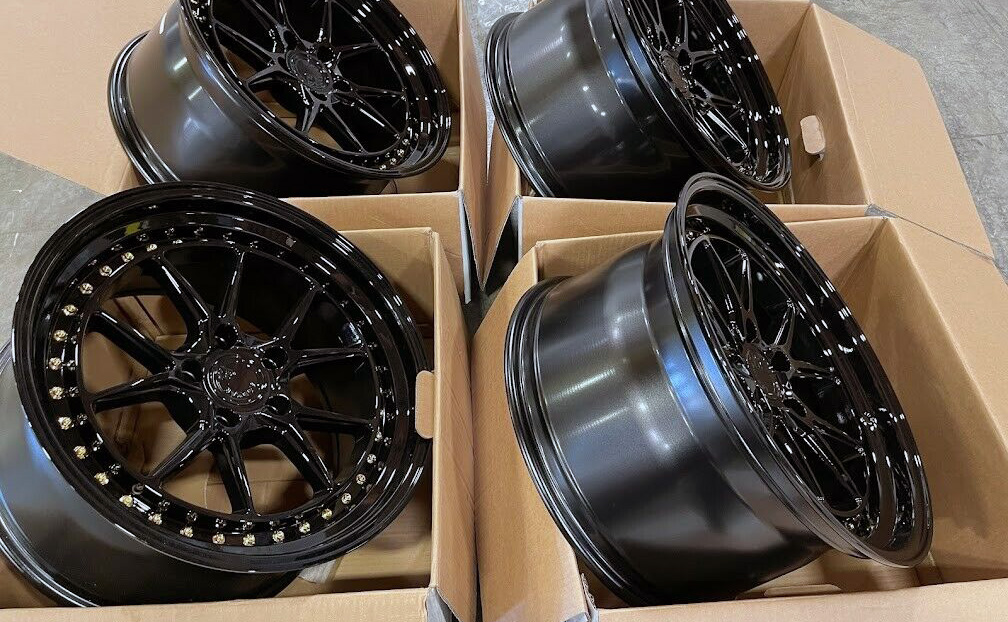
A set of used Flow Forged Technology wheels
Most automakers offer alloy wheels as an option or as standard equipment on upscale or sporty models. Alloy wheels are lighter to minimize unsprung weight—weight not supported by the vehicle’s suspension. Taken to the pricey extreme, that is why some exotics have carbon-fiber wheels.
If you have the money and want an extra edge for the racetrack, alloy wheels might be the best option to shave ounces, especially if you consider installing larger wheels.
Pressure Counts
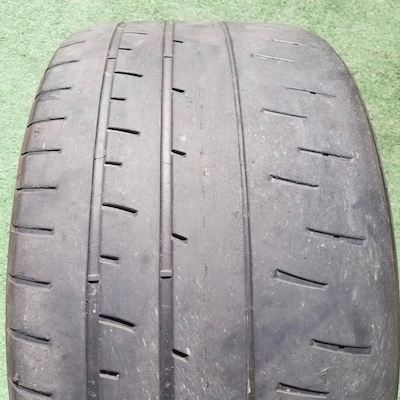
Regardless, when you get back on the road, return the air pressure to what’s required for common driving. It’s important to check your tires once every other week— more frequently in areas with dramatic altitude or temperature changes.
Remember this general guideline: Every 10-degree temperature change alters the pressure inside the tires by a pound. Properly inflated tires will give you the best performance, improve fuel economy, and maximize tire life.

